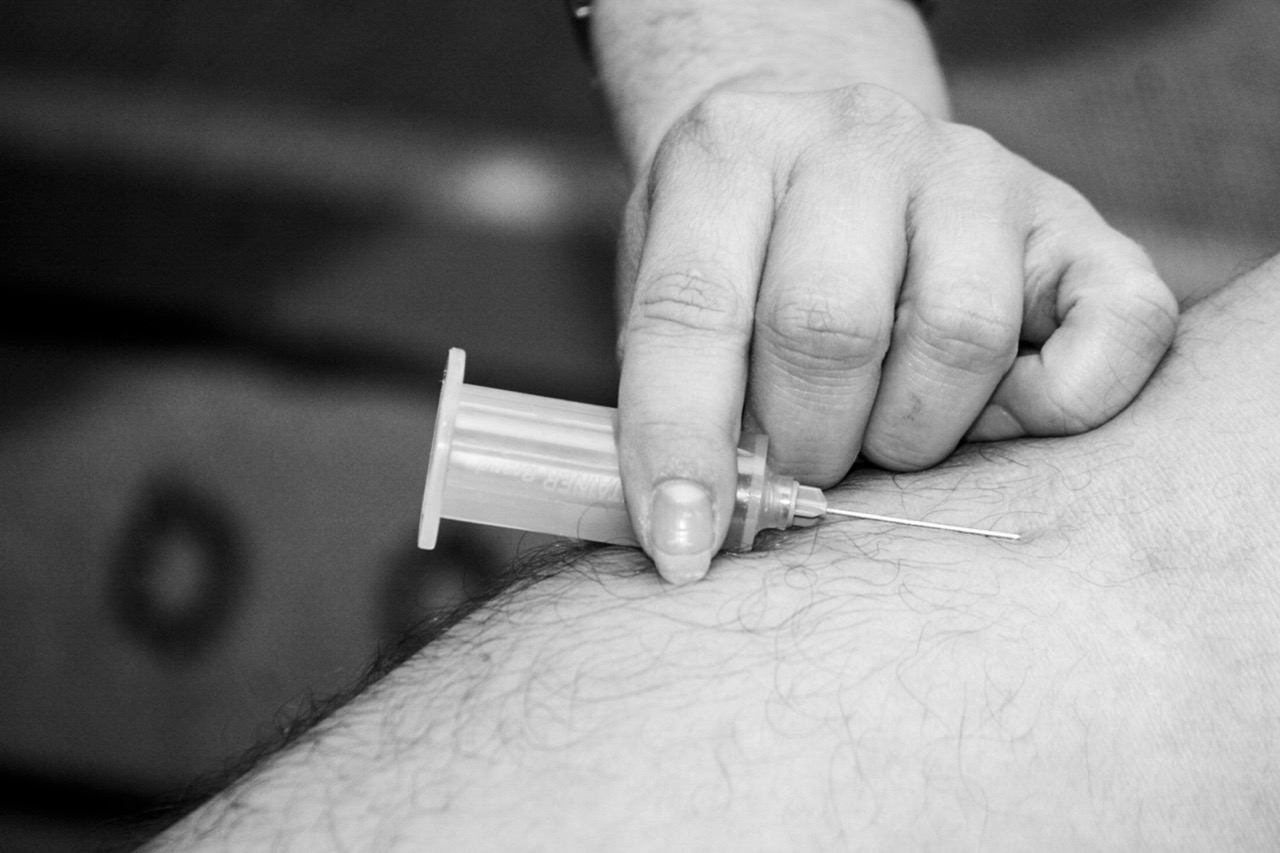Human Papillomavirus (HPV) is one of the most common sexually transmitted infections, known primarily for its role in various cancers, particularly cervical cancer. As more women become aware of their HPV status, questions arise about its implications for motherhood, particularly regarding breastfeeding. This article aims to clarify how HPV may affect breastfeeding and what mothers should know to ensure both their health and that of their infants.
Understanding HPV: Basics and Transmission Methods
HPV is a group of more than 200 related viruses, some of which are classified as high-risk due to their association with cancer. The most well-known high-risk types are HPV 16 and 18, which are responsible for the majority of cervical cancer cases. HPV is primarily transmitted through skin-to-skin contact during sexual activity, but it can also be transmitted through direct contact with infected areas of the skin, even if the infected person does not exhibit visible symptoms.
While HPV is primarily recognized for its sexual transmission, it is essential to understand that it is not passed through breast milk. The virus does not thrive in breast milk, meaning that breastfeeding itself does not pose a risk of transmitting HPV to an infant. Studies have consistently shown that mothers with HPV can safely breastfeed without fear of infecting their babies, as the transmission typically requires direct contact with infected genital or anal areas.
Despite the virus’s limited transmission routes, it is important for mothers to be informed about their HPV status, as it may entail various health considerations. Understanding the types and risks associated with HPV can empower mothers to take proactive steps regarding their health and that of their infants. This knowledge is especially crucial for those who may require regular screenings or treatments that could impact their breastfeeding experience.
The Impact of HPV on Lactation and Breastfeeding
Current research indicates that HPV does not have a direct impact on lactation or the quality of breast milk. Lactation is primarily regulated by hormones such as prolactin and oxytocin, which are unaffected by HPV infection. Therefore, mothers with HPV do not experience issues with milk production or breastfeeding due to the virus itself.
However, indirect effects may arise if a mother undergoes treatment for HPV-related conditions, such as cervical dysplasia or cancer. Some treatments may necessitate temporary cessation of breastfeeding or the use of medications that could impact lactation. In such cases, it is crucial for mothers to consult healthcare providers to develop a plan that ensures both their health and their ability to breastfeed safely.
Additionally, the emotional and psychological stress associated with an HPV diagnosis may influence a mother’s breastfeeding experience. Anxiety or depression related to health concerns can affect milk supply and bonding. Therefore, addressing mental health and providing support systems can help mothers navigate these challenges while ensuring a successful breastfeeding journey.
Health Implications for Mothers and Infants
For mothers, an HPV diagnosis can carry several health implications that extend beyond the immediate effects of the virus. Women with high-risk HPV types may require more frequent gynecological check-ups and Pap smears to monitor for changes that could lead to cervical cancer. Effective management of these health issues is vital for maintaining overall wellbeing, especially during the postpartum period when mothers are adjusting to new responsibilities.
For infants, the health implications of a mother’s HPV status are minimal, as the virus is not transmitted through breastfeeding. However, if a mother has visible warts or lesions in the breast area, there may be concern for direct contact during feeding. In such cases, it is advisable to seek medical advice to determine the best course of action while ensuring the baby continues to receive the benefits of breast milk.
Moreover, maternal health conditions that arise from HPV complications could indirectly affect infant health. For instance, if a mother experiences severe health issues requiring hospitalization, her ability to care for her infant may be impacted. Therefore, maintaining regular healthcare check-ups and open communication with healthcare providers is essential for both mothers and infants.
Recommendations for HPV-Positive Mothers During Nursing
Mothers diagnosed with HPV should prioritize education about their condition and its implications for breastfeeding. Engaging in discussions with healthcare providers can help clarify any concerns and provide tailored guidance to ensure a healthy breastfeeding experience. It is essential to understand the nature of HPV and its low transmission risk through breastfeeding to alleviate any anxiety surrounding the issue.
If a mother has visible genital warts or lesions, it is advisable to consult a healthcare professional about safe breastfeeding practices. While the risk of transmitting HPV through breast milk is negligible, addressing any potential contact risks with lesions during feeding is important for ensuring both mother and baby’s safety.
Finally, mothers with HPV should not hesitate to seek support, whether through medical professionals, support groups, or counseling services. Emotional well-being is crucial for successful breastfeeding, and having a reliable support system can help mothers navigate the complexities of managing their health while nurturing their infants.
In conclusion, while HPV poses certain health risks, its impact on breastfeeding is minimal. Mothers with HPV can breastfeed safely, provided they are informed about their condition and take necessary precautions regarding visible lesions. By maintaining open communication with healthcare providers and seeking emotional support, HPV-positive mothers can focus on providing the best care for their infants during this crucial bonding period. Understanding HPV is essential not only for the health of mothers but also for fostering a secure and nurturing environment for their babies.










